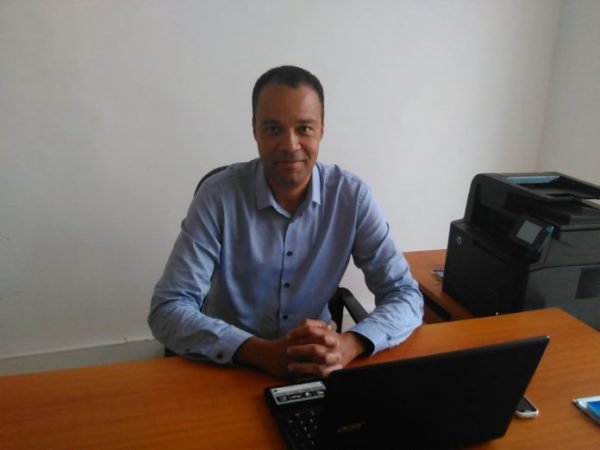By Christian Kazumba, Director General AdKontact Mali and Burkina Faso
The penetration rate of insurance (life and non-life) can be estimated at 1% of GDP in Francophone Africa (“CIMA” zone) and does not compare with the performance recorded in Morocco (around 3%) in France ( more than 9%) or in South Africa (more than 15%).
It is the life branch (that is, the insurance of persons and not of property) which lags behind the most, since it represents in this region of the world only 25% of global business of the sector.
Thus, in Mali, it is less than 0.12% of GDP that is the penetration rate of life insurance, against 3.50% in Asia and 4.10% in Europe!
Undoubtedly, the insurance market for people in French-speaking Africa is now embryonic.
The reasons for explaining this failure are not lacking. In particular, there is the omnipresence of social and cultural barriers, which, for example, induce a marked preference of Africans for placement in land or stone, rather than for the constitution of a regular financial saving of carefully …
Nevertheless, four levers could be activated quickly, so that life insurance finds a place in the daily lives of African households:
• Incentive tax framework.
The taxation of inheritance is, as a general rule, reduced to its simplest form in French-speaking Africa. As a result, what has contributed to the growth of life insurance in France, namely a lighter taxation for rights holders in case of transfer of capital, is not necessary to be south of the Sahara …
However, the African legislator could consider granting a systematic tax advantage (income tax reduction) to encourage certain employees, managers or officials to move more towards this type of investment.
• Much more dynamic returns.
In the “CIMA” zone, the regulatory authority strictly forbids insurance companies from investing premiums collected on external financial markets (Paris, New York, Tokyo, etc.) and limits their interventions to markets. Very recent and therefore not very mature domestic companies (fewer than forty companies are listed on the Regional Stock Exchange in Abidjan …).
The “protectionist” logic of this decision makes it very difficult to optimize the management of the assets collected and is sometimes an obstacle to the distribution of positive returns net of fees to customers.
• Distribution channels much more adapted to local realities.
Can sub-Saharan life insurance be massively marketed through bank branch networks, similar to what was done in France? Of course not !
The banking rates in Black Africa are the lowest in the world (10 to 15% maximum) and the banking density is the lowest (an agency for 200 000 inhabitants in DR Congo …).
As a result, “bancassurance” will be far from sufficient to “popularize” insurance for people in sub-Saharan populations. It will be necessary to move towards other solutions, mainly focused on digitization, and especially towards partnerships between insurers and telecommunications operators. This will promote mobile insurance and take advantage of the growth of mobile phones on the continent.
Insurers in the region will also have to find synergies with traders, who are not specialized in terms of financial services, but who are well established on the national territory to better reach a population whose geographic dispersion is still very high (the rate of urbanization in France). Black Africa does not exceed 40% on average).
• More affordable products in terms of price.
Between 6% and 8%: this is the average of fees on payments made by some life insurance companies in West Africa. This high tariff can be justified by the very expensive nature of the creation and maintenance of a network of physical sales outlets (generators, safety, etc.).
Nevertheless, the development of digital distribution may lead to a substantial reduction in insurers’ operating costs and thus encourage the introduction of price schedules and “entry tickets” (minimum contribution to be paid) more accessible to local populations. 45% of whom, on average, still live on less than $ 1.25 a day …
Pragmatically, there are positive signs about the future of life insurance in Francophone Africa.
Thus, the emergence of the local middle class and its ability to save, the growing willingness of young Africans to follow university courses and major schools, or the increase in life expectancy at birth, will make more and more relevant the subscription to savings and provident contracts, based on the physical person and the vagaries of life.
For example, it will be a question of proposing products allowing to anticipate the financing of the higher education of the children (contract “pension-education”) or to guarantee the maintenance of the purchasing power at the end of professional life, absolute necessity in countries where the vast majority of the working population do not contribute to the general pension system put in place by the public authorities (more than 85% of the working people in black Africa work in the informal sector according to the International Labor Organization).
However, a “copy and paste” will be impossible and the perfect replica of the African markets, of what worked perfectly in Europe in this sector, can not be considered in any way.
The keys to the growth of life insurance in Francophone Africa therefore lie in the development of a new model in terms of distribution, pricing and communication, perfectly adapted to local environments.



